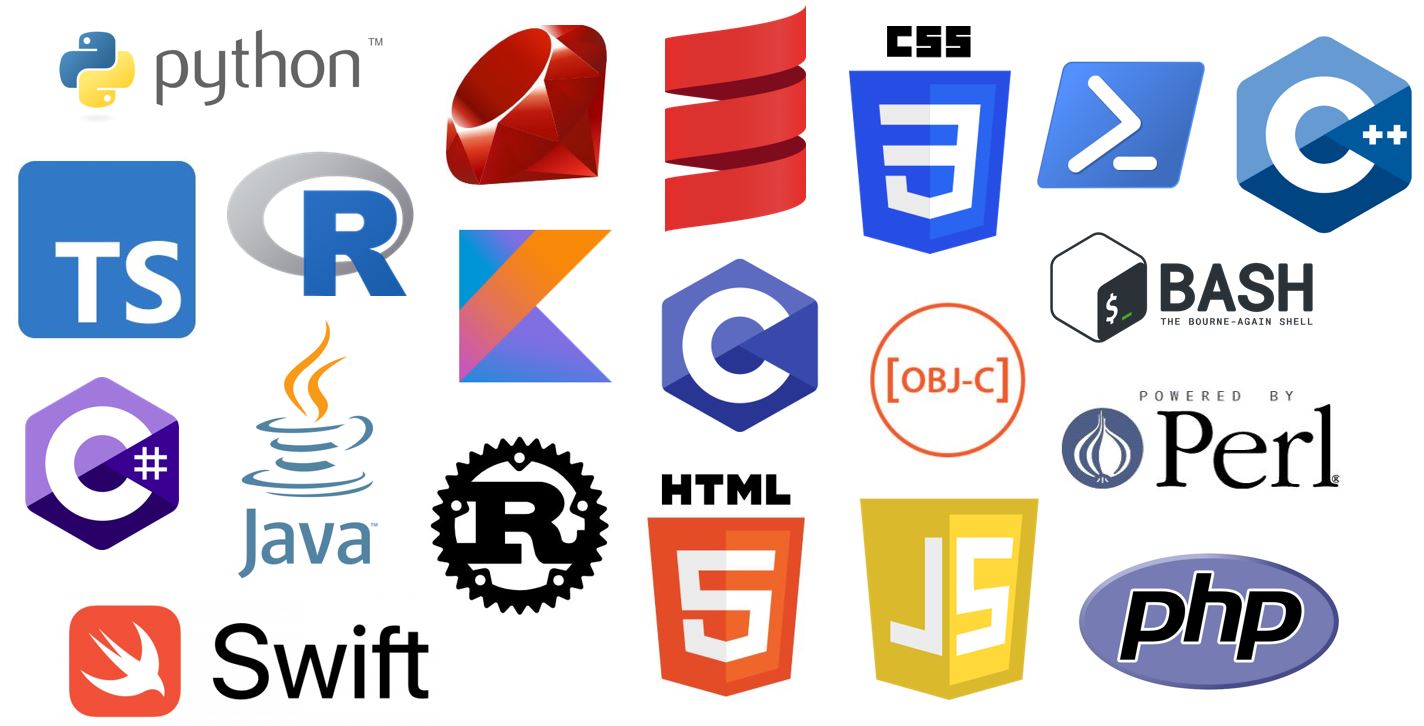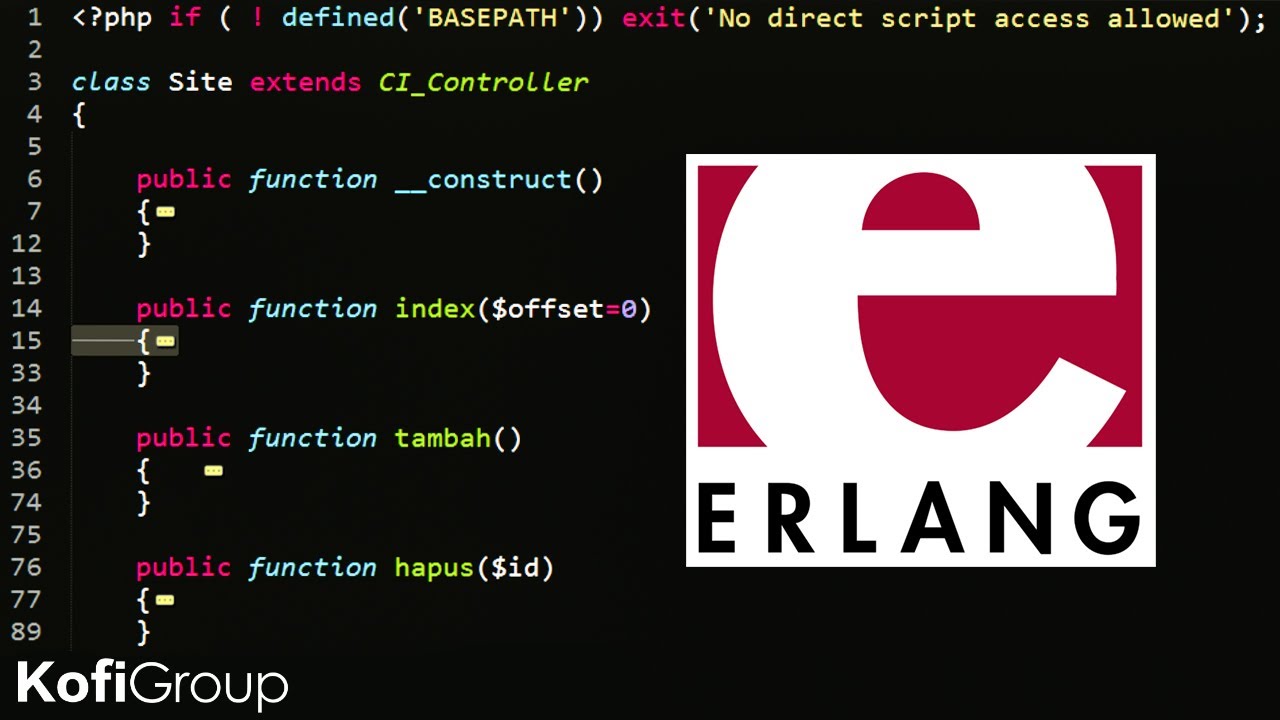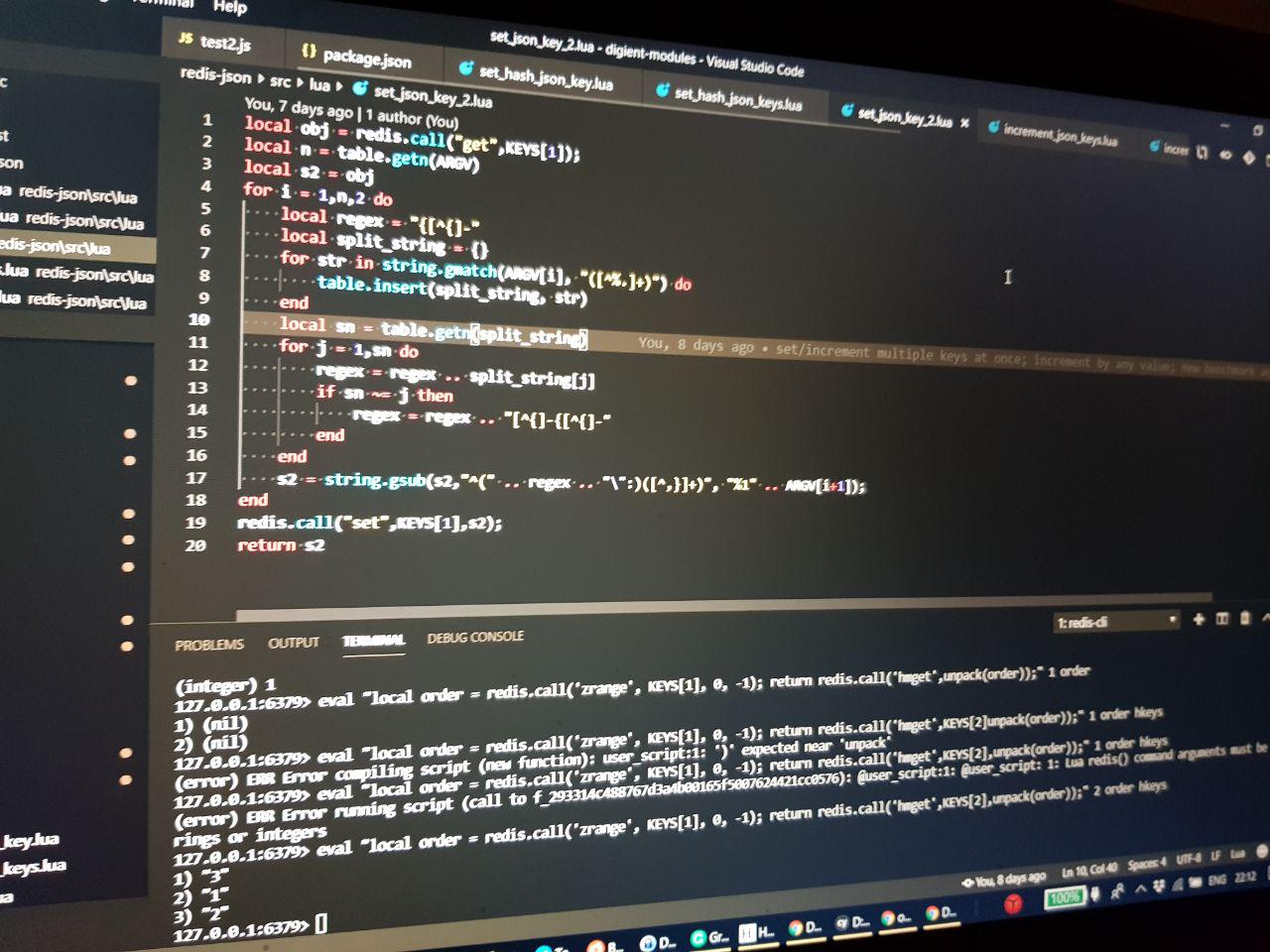
Exploring the Uncharted Territory of Coding Languages
As a programmer, it’s easy to get stuck in a comfort zone, relying on the familiar languages like Python and Java. However, venturing into the lesser-known territories can be a game-changer. Not only can it expand your skillset, but it can also open doors to new opportunities and perspectives.
 Image: A collage of different programming languages
Image: A collage of different programming languages
Gil Tene, a seasoned CTO, once said, “It’s best to be language agnostic.” This couldn’t be more true. With the ever-evolving landscape of programming, it’s essential to stay adaptable and open to new experiences.
In this article, we’ll delve into the world of rare programming languages, exploring their unique features, advantages, and potential applications. From Scratch to Malbolge, we’ll take a journey through the uncharted territories of coding.
Scratch: The Gateway to Programming
Scratch is an excellent language for beginners, especially children, to dip their toes into the world of programming. This high-level, block-based visual language is easy to grasp, making it an ideal starting point for young minds.
 Image: Scratch programming language logo
Image: Scratch programming language logo
Groovy: The Simplistic yet Powerful Language
Groovy is a language that’s relatively easy to learn, thanks to its simplicity and lack of complex syntax. It’s an excellent choice for general-purpose tasks and is compatible with a Java environment.
 Image: Groovy programming language logo
Image: Groovy programming language logo
Q: The Problem-Solving Language
Q is a language developed by Kx Systems, specifically designed for problem-solving and data analytics tasks. Although it can be a bit unreliable, Q has its advantages, making it a great choice for those who enjoy tackling complex problems.
 Image: Q programming language logo
Image: Q programming language logo
Erlang: The Open-Source Powerhouse
Erlang is an open-source language developed by Ericsson Computer Sciences Lab. Although not as widely known as other languages, Erlang has its dedicated user base, particularly in sectors like e-commerce, banking, and telecoms.
 Image: Erlang programming language logo
Image: Erlang programming language logo
Nim: The Fast and Flexible Language
Nim is a statically typed language that’s fast, easy to learn, and versatile. It’s an excellent alternative to languages like C, C++, and Java, making it a great choice for those looking for a new challenge.
 Image: Nim programming language logo
Image: Nim programming language logo
Dart: The Underestimated Language
Dart, developed by Google, may not be as popular as JavaScript, but it has its loyal user base. It’s particularly useful for customer-facing web apps and has a few users outside of Google.
 Image: Dart programming language logo
Image: Dart programming language logo
Haskell: The Simple yet Functional Language
Haskell is a simple, functional language with a dedicated user base. It’s fast, functional, and has a syntax that fans love.
Image: Haskell programming language logo
Lua: The Multi-Paradigm Language
Lua is a multi-paradigm language that supports functional and object-oriented approaches. Its code is fast, and it has various uses, including scripting for games.
 Image: Lua programming language logo
Image: Lua programming language logo
Malbolge: The Esoteric Language
Malbolge is an esoteric language, considered one of the most difficult to learn. If you’re up for a challenge, Malbolge might be the language for you.
 Image: Malbolge programming language logo
Image: Malbolge programming language logo
IO: The New Kid on the Block
IO is a relatively new language, which might explain its lack of popularity. It’s simple, minimal, and a great choice for those who enjoy exploring the latest developments in programming.
 Image: IO programming language logo
Image: IO programming language logo
Racket: The Multi-Paradigm Language
Racket is a multi-paradigm language that can be used for language creation, design, and implementation. With its easy-to-follow documentation, Racket is an excellent choice for learners.
 Image: Racket programming language logo
Image: Racket programming language logo
In conclusion, exploring the lesser-known territories of programming languages can be a rewarding experience. Not only can it expand your skillset, but it can also open doors to new opportunities and perspectives. So, take the leap and venture into the uncharted territories of coding.
 Image: A collage of different programming languages
Image: A collage of different programming languages















